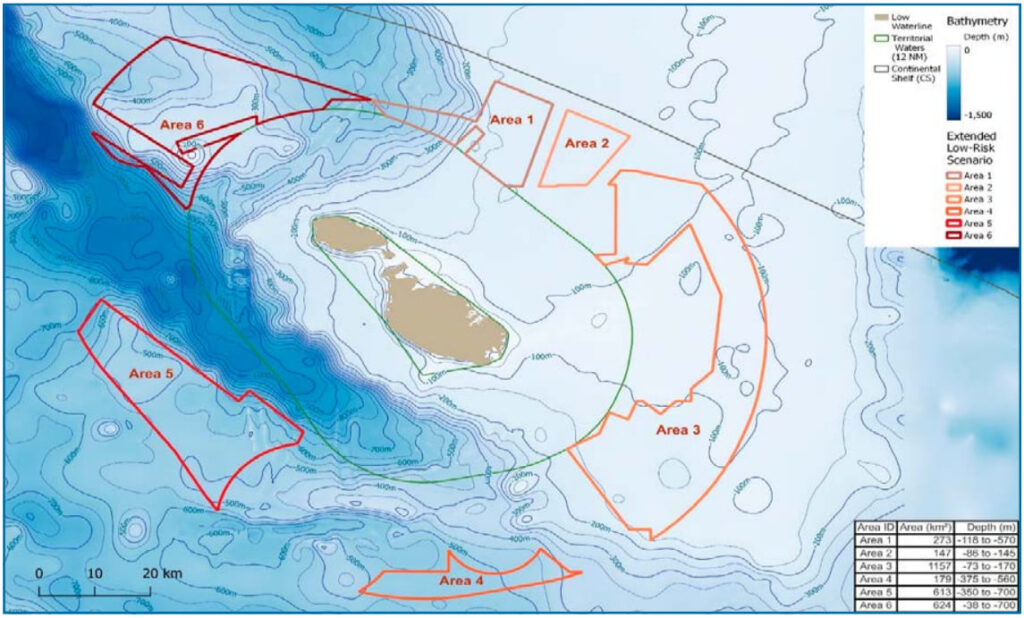The Maltese government is set to release a pre-qualification questionnaire for parties interested in developing floating wind projects.
This information follows a consultation document issued in September, ahead of the country’s Budget 2025 announcement on 28 October.
Initially, the government identified six potential areas for floating wind development, later narrowing it down to two areas for tender. Offshore surveys began in these regions over the summer.
According to the pre-budget consultation document, the Maltese Ministry for Finance stated that preparations are being finalized to issue a pre-qualification questionnaire to attract renewable energy suppliers through floating wind turbine technology.
Besides floating wind farms, Malta is exploring nearshore solar energy projects, having launched a preliminary market consultation at the start of this year to assess technological readiness.
Both initiatives were emphasized by Finance Minister Clyde Caruana in his Budget 2025 speech. Caruana described the strategy to harness wind and solar resources as strategic, involving steps such as implementing a second interconnector, investing in battery energy storage, and launching a national policy for renewable energy projects.
For floating wind, many elements are in place following the adoption of a national policy for offshore renewable energy in 2023. This policy highlighted Malta’s potential outside its 12-nautical-mile territorial waters and within the Exclusive Economic Zone, selecting the most suitable sites for floating wind farms.
In the 2025 budget, the Ministry for Finance estimated renewable energy schemes will require EUR 4.1 million next year.
According to a 2021 assessment by the Global Wind Energy Council (GWEC), Ocean Renewable Energy Action Coalition (OREAC), and World Bank-funded ESMAP, Malta has 25 GW of technical offshore wind potential, all deemed most suitable for floating wind technology.
Follow offshoreWIND.biz on:
Original Story at www.offshorewind.biz
